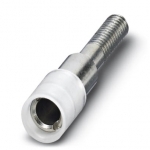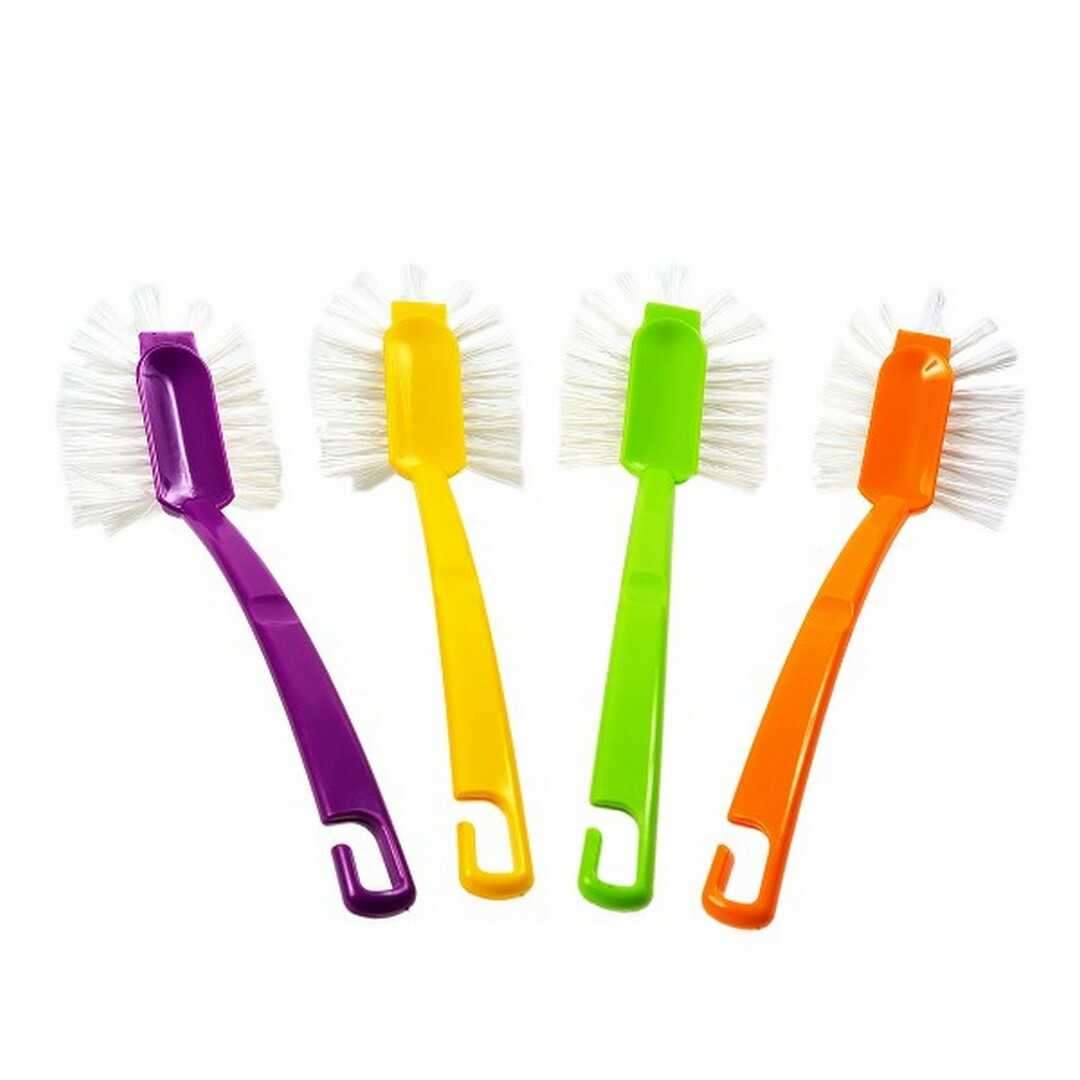Decorative mixture is used for finishing of rooms. With their help interior acquires a unique style, and a special aesthetics. Wallpaper gradually fading, giving place to the durability and quality coating having the original structure. Decorative plaster for interior walls - everything you need to know about it, how to cook it yourself, application instructions - in this material.

Read article
- 1 The composition and the kinds of plaster coating
- 1.1 At the place of application
- 1.2 In composition,
- 1.3 the texture
- 2 Decorative plaster for interior walls of producers mixtures
- 3 Variants of application of decorative plaster: the price of work per m²
- 4 Examples of the use of decorative mixtures
- 4.1 Decorative plaster in the living room Photo Gallery
- 4.2 Photo of decorative plaster in the kitchen and dining room
- 4.3 Decorative plaster in the bathroom: Photo of successful solutions
- 4.4 Photo of decorative plaster in the hallway and the hallway
- 5 Application of the plaster with your hands, the video guide
- 6 Plastering Tricks
- 7 summing up
The composition and the kinds of plaster coating
Decorative plasters classified on several grounds. Consider the basic.
At the place of application
According to the application of the compositions are divided into:
- external (Facade);
- internal (To be applied to the inner walls of the premises).
Mixtures for external works in addition to the decorative purpose, aim insulation of walls of the house. Formulations with special fillers reliably protect the joints of prefabricated buildings from the penetration of moisture and drafts.

By using mixtures for interior walls also can align and prepare them for further color or Wrapping. Many plasters contain fillers impart unusual interior surface. Such a coating does not require further processing.
In composition,
Classify coverage and composition:
- acrylic;
- silicate;
- mineral;
- silicone.

Note! Mineral plaster surface may be smooth, rough or have topography.
mineral mixtures have gray or white in color and are mainly used for outdoor applications. To protect the coating from exposure to atmospheric moisture, it is covered facade paint. Composition based on cement mixtures of high differs fire resistance and the ability to "breathe" passing air.

polymer compositions based on acrylic, silicate and silicone are self-colored or white motley composed of colored grains. The base polymeric composition after drying becomes invisible. Most plasters are manufactured using epoxy resin and polyurethane.
Note! Polymeric compositions resistant to fire but at a temperature above one hundred and forty degrees they begin to release toxic to humans. Epoxy compositions chloro isolated and polyurethane - cyanide. It is for this reason, water-based plasters are considered safe.

Plasters epoxy composition is used only for registration inside the building walls, and may be applied to polymer-outdoor decoration.
water-based mixture non-toxic. They are resistant to abrasion and well fixed on any surface. With caramel coating can impart any color. Acrylic coatings have increased elasticity, and resistance to UV. Their main disadvantage - dense, not "breathing" structure.

Silicone or siloxane composition plastering - new material with a silicone resin. The silicone composition forms a water-repellent elastic covering, which is not cracked over time. This plaster self-cleaning, carbon dioxide passes not fade under direct sunlight. The walls can be washed, including alkaline detergents. Another advantage of the composition - it does not support the development of molds.

Silicate plasters comprise a water-repellent additive and well protect the wall from exposure to moisture. Their strength is based on the dual of silicification process when potassium waterglass based reacts with the filler and the wall surface.
Note! Silicate mixture should not be applied on the walls, colored synthetic dye-based organics.

Related article:
Stencils to decorate their own hands. What are the cookie cutter designs, how to properly make and apply, stencil patterns (flowers, cats, butterflies) and useful tips - in the special material.
the texture
Decorative plaster for interior walls capable simulate the texture stone, wood and even leather and fabric. This effect can be achieved by applying special techniques and use of an appropriate filler.

Structural mixtures containing mineral grains, granite, marble, or quartz. Silica sand gives the coating smoothness and good adhesion properties. Marble and granite filler allows you to create a rough coating, resistant to scratches.
Note! In the composition of some mixtures of plaster may be silk fibers or cellulose. This excipient allows to simulate the skin and textiles.
You can divide the plaster into three main groups on the invoice:
- mixture with a thin composition, the relief which is applied with a roller or brush;
- compositions with a filler of various sizes. When applied to them comes out pattern in the form of bands yl furrows;
- textured mixture having a volumetric filler and forming a monochromatic or motley surface.

Any of the above blends requires careful preparation of the walls under the decorative plaster. They must be handled and ground PuttyUse grout. This is a time consuming process, requiring skills.
Related article:
Textured plaster for the walls. Video, photos, features various mixes, how to apply with detailed instructions, review prices and manufacturers, additional tips and tricks in this article there.
Decorative plaster for interior walls of producers mixtures
Can be divided all ready plaster mixes into three price categories:
| Category | Price per square meter, from RUR | Manufacturers |
| Dear mixture | 1000 | Loggia, Oikos, Baldini, Sammarinese, NovaColor, Giorgio Graesan |
| Middle class | 600 | San Marco, Decorazza, Paritet Décor, Adicolor, Art Deco, Clavel, Design |
| Cheap mixture | 400 | VGT, Ceresit, Bayramiks Descartes |
As you can see, you can choose a variant mixture corresponding to the planned budget.
Tip! By purchasing a mix, pay attention to the existence of a special security badge. If there is a sign on the label A +, then the composition is not harmful to humans and animals.

Variants of application of decorative plaster: the price of work per m²
| Surface | Picture | Features of the application |
| Relief |  | Relief can be created using a trowel. First the base layer is applied, and then a small amount of the mixture is distributed with a trowel. |
| Texture |  | The process of registration is applied several coats of plaster. After coloring the surface produced. |
| Hatching |  | On the surface of the newly applied plaster spend stiff brush several times. After drying with a dry cloth removes excess crumbs. |
| Stamping |  | For such uses a special roller surface with a convex pattern. You can make a drawing of their own, such as a conventional wound roll rope. |
| Straffito |  | On the wall is applied several coating layers with different hues. After drying, sections are cut on stenciled and carefully remove the top layer. It is a complex technology, giving an original result. |
This is only the basic methods of applying plasters. There are many other options, including copyright, which give a unique effect.
The more complex the task, the more expensive it will cost the services of the master. common plastering walls smooth way will cost from 400 rubles per square meter.

Examples of the use of decorative mixtures
Appointment space dictates the choice of a particular composition and method of its application. Consider the most successful interior options using decorative mixtures.
Decorative plaster in the living room Photo Gallery
For the room in which the owners receive guests, it is important that everything was perfect. Where appropriate formulations with fine structure requiring careful application.
1 of 4




Photo of decorative plaster in the kitchen and dining room
For the design of walls in the kitchen it is important that they do not get dirty and can withstand cleaning with detergent. Silicone mixture in this regard - ideal.
1 of 4




Decorative plaster in the bathroom: Photo of successful solutions
The surfaces of walls in bathroom You must have moisture resistant properties. Polymer compositions based on epoxy resins reliably will protect the walls from moisture.
1 of 4




Photo of decorative plaster in the hallway and the hallway
AT hall and the corridor shall be provided covering the walls, resistant to accidental damage and scratches. The compositions with mineral fillers and coarse-grained withstand stressful mode operation flow space.
1 of 4




Application of the plaster with your hands, the video guide
Before applying the composition of the wall surface should be cleaned of old coating layers and process primer deep penetration. All cracks and irregularities must be repaired Putty. After complete drying of the base mixture is applied to an ordinary flat spatula, directing it in a circular motion at a small angle to the surface. So that no nodules, especially carefully processed corners and joints.
When the surface layer hardens a bit, it is possible to give relief. For this purpose, suitable cushion with printed pattern or a simple cloth or crumpled paper. Volumetric image created using stencil. To align the edges of the convex design them after drying aligned sandpaper.

Once the surface is dry, the wall can be painted by brush or soft roller. Detailed instructions on how to to put on the wall decorative plaster in the video:
Plastering Tricks
- To prepare their own mix for interior walls, you need to mix the clay, lime and fine rock dust. The composition to be a solid, is added to it primer or PVA glue.
- Can be made based composition tile adhesive. It is suitable for imitation brick or natural stone. Embossed patterns can be obtained from well-gypsum mixture.
- Roller with "fur" will create an original embossed.
- Marble structure will help create Tighting cloth or piece of skin, which is wrapped a working tool.
- To simulate the textile surface to be pressed to the wet plaster piece of burlap.
summing up
Application of modern plaster mixtures can create fashionable and modern interiors.

For rooms with high humidity is best to use polymer-based formulations. A plaster layer can be given relief structure and simulate it with the help of many natural materials: stone, wood, fabric and skin. The interiors, created with the use of decorative compositions, look modern and expensive.
[Totalpoll id = »33317"]





